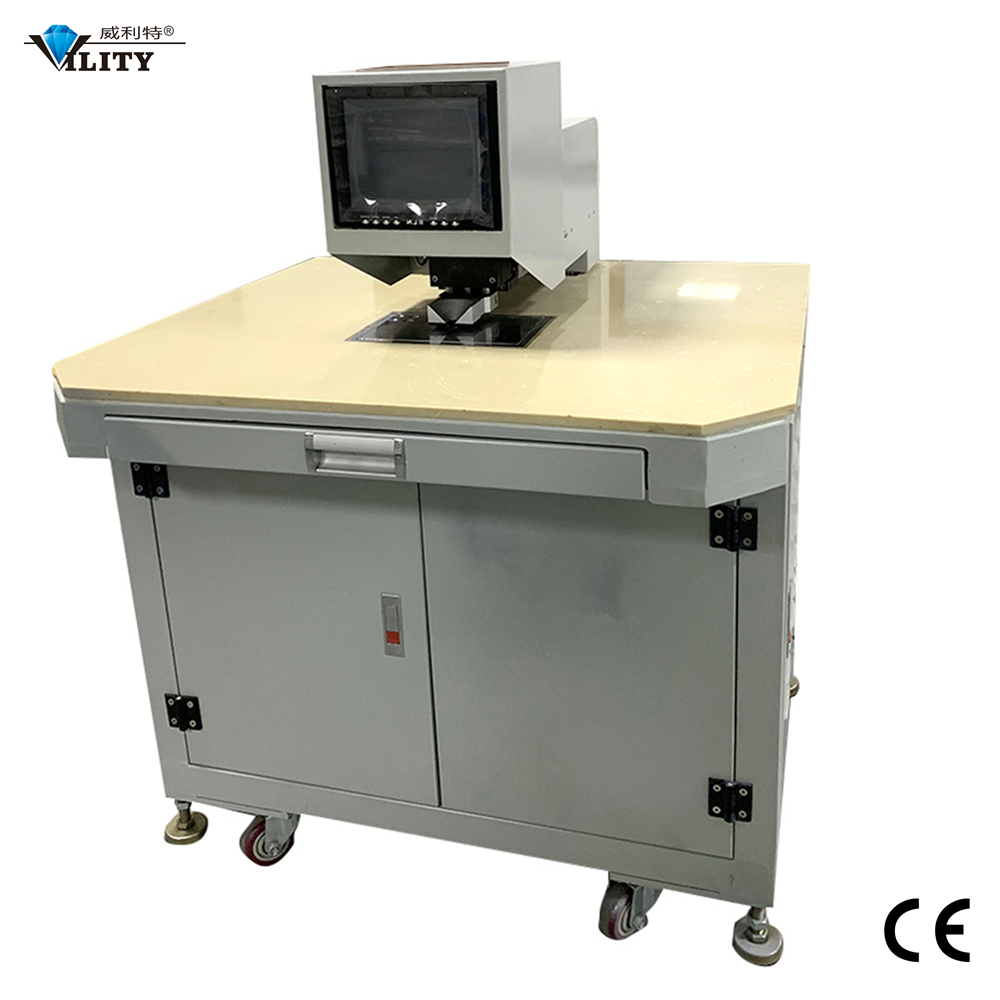PCB 드릴 구멍의 종류
PCB 드릴 구멍의 종류
인쇄 회로 기판 (PCB (폴리염화비페닐)) 일반적으로 두 가지 유형의 드릴 구멍이 있습니다.: 도금된 관통 구멍 (PTH) 및 도금되지 않은 관통 구멍 (NPTHs (NPTHs)).
도금된 관통 구멍 (PTH)
도금된 관통 구멍은 기판의 모든 층을 통해 뚫리고 전도성 물질로 도금된 PCB의 구멍입니다, 구리와 같은. 이 도금을 사용하면 보드의 여러 층 사이에 전기 연결을 만들 수 있습니다.
PTH는 일반적으로 표면 실장 부품을 기판에 연결하거나 바이어스를 생성하는 데 사용됩니다, 보드의 한 레이어에서 다른 레이어로 신호를 라우팅할 수 있는 구멍.
PTH를 만들려면, 드릴 비트는 일반적으로 원하는 구멍 직경보다 약간 큽니다., 도금을 추가할 수 있습니다.. 드릴링 후, 구멍은 전기 도금 또는 화학 증착 공정을 사용하여 구리로 도금됩니다. 그런 다음 도금을 솔더 마스크 층으로 덮어 손상으로부터 보호하고 단락을 방지합니다.
도금되지 않은 관통 구멍 (NPTHs (NPTHs))
도금되지 않은 스루홀은 모든 기판 층을 통해 뚫린 PCB의 구멍이지만 전도성 물질로 도금되지 않은 구멍입니다. 사람들은 NPTH를 사용하여 스루홀 구성 요소를 장착합니다., 커패시터 또는 저항기와 같은, 이사회에 제출하거나 이사회에 기계적 지원을 제공하기 위해.
PTH와 달리, NPTH는 도금이 필요하지 않습니다., 제조 공정 단순화. 그렇지만, 도금이 없다는 것은 NPTH를 사용하여 기판 층 사이에 전기 연결을 만들 수 없음을 의미합니다.
NPTH를 생성하려면, 드릴 비트는 일반적으로 원하는 구멍 직경과 동일한 크기입니다. 드릴링 후, 구멍은 청소되고 솔더 마스크 또는 기타 보호 코팅으로 덮일 수 있습니다.
요약하면 다음과 같습니다, 사람들은 도금 된 관통 구멍을 사용합니다. (PTH) PCB 층 사이에 전기 연결을 만들기 위해. 대조적으로, 사람들은 도금되지 않은 관통 구멍을 사용합니다. (NPTHs (NPTHs)) 스루홀 부품 장착 및 기계적 지지용. 구멍 유형의 선택은 PCB 설계 및 보유하고 있는 구성 요소의 특정 요구 사항에 따라 다릅니다.
 스크린 인쇄기
스크린 인쇄기
